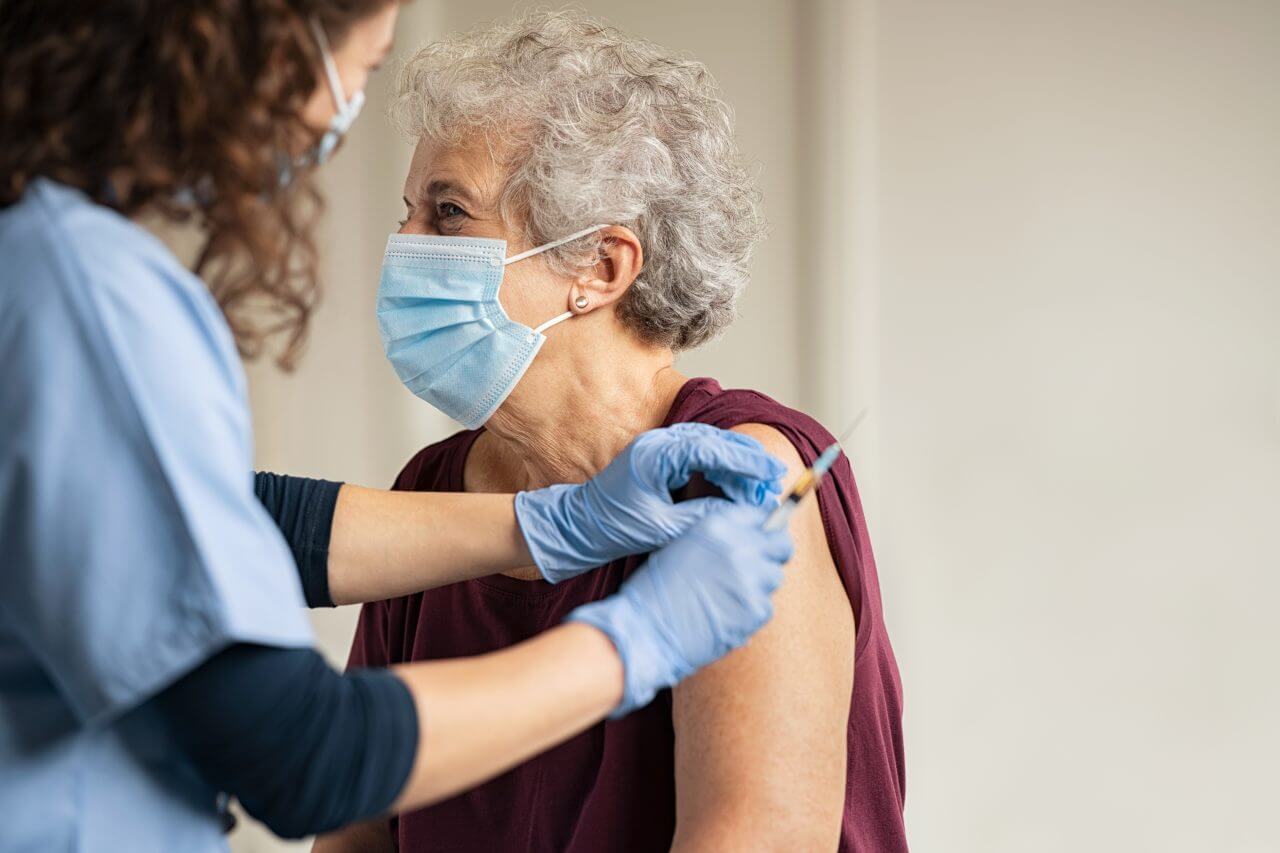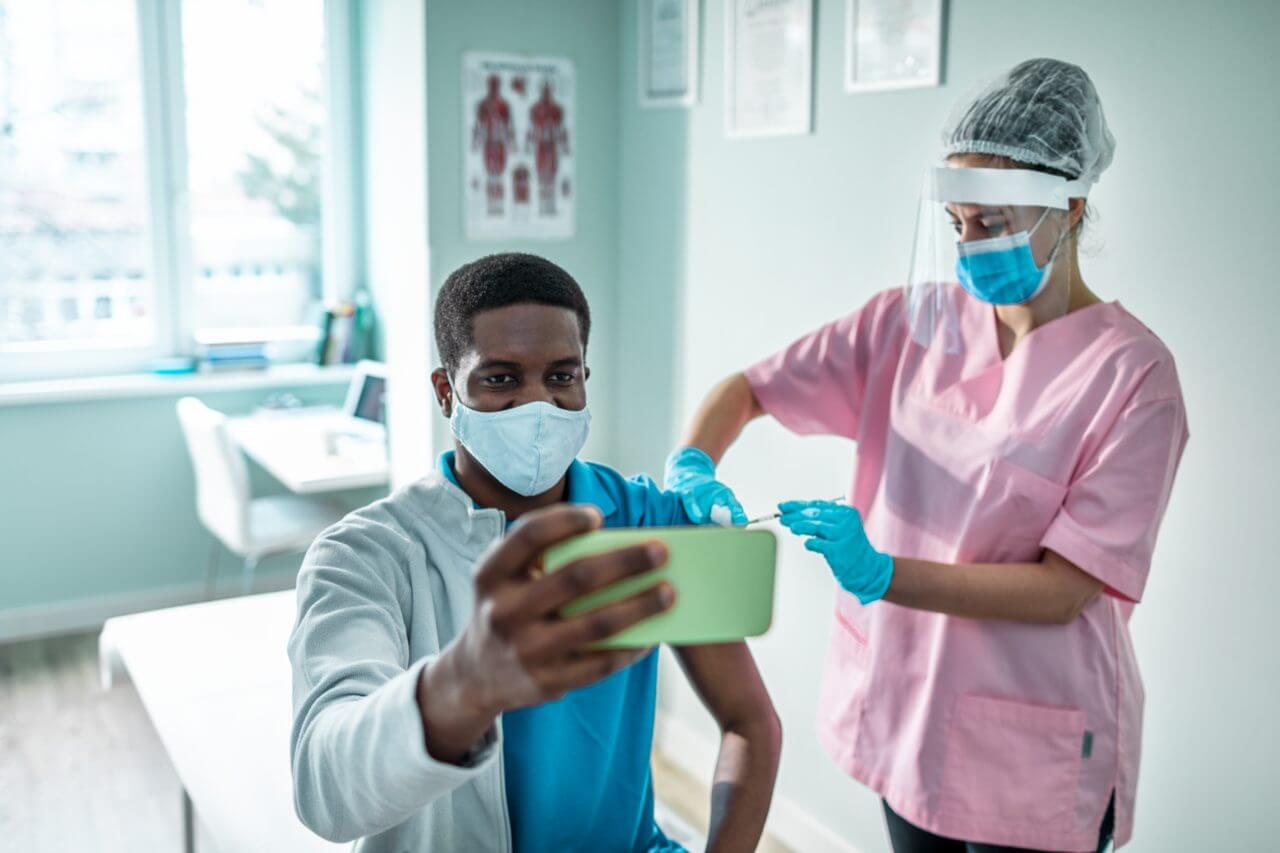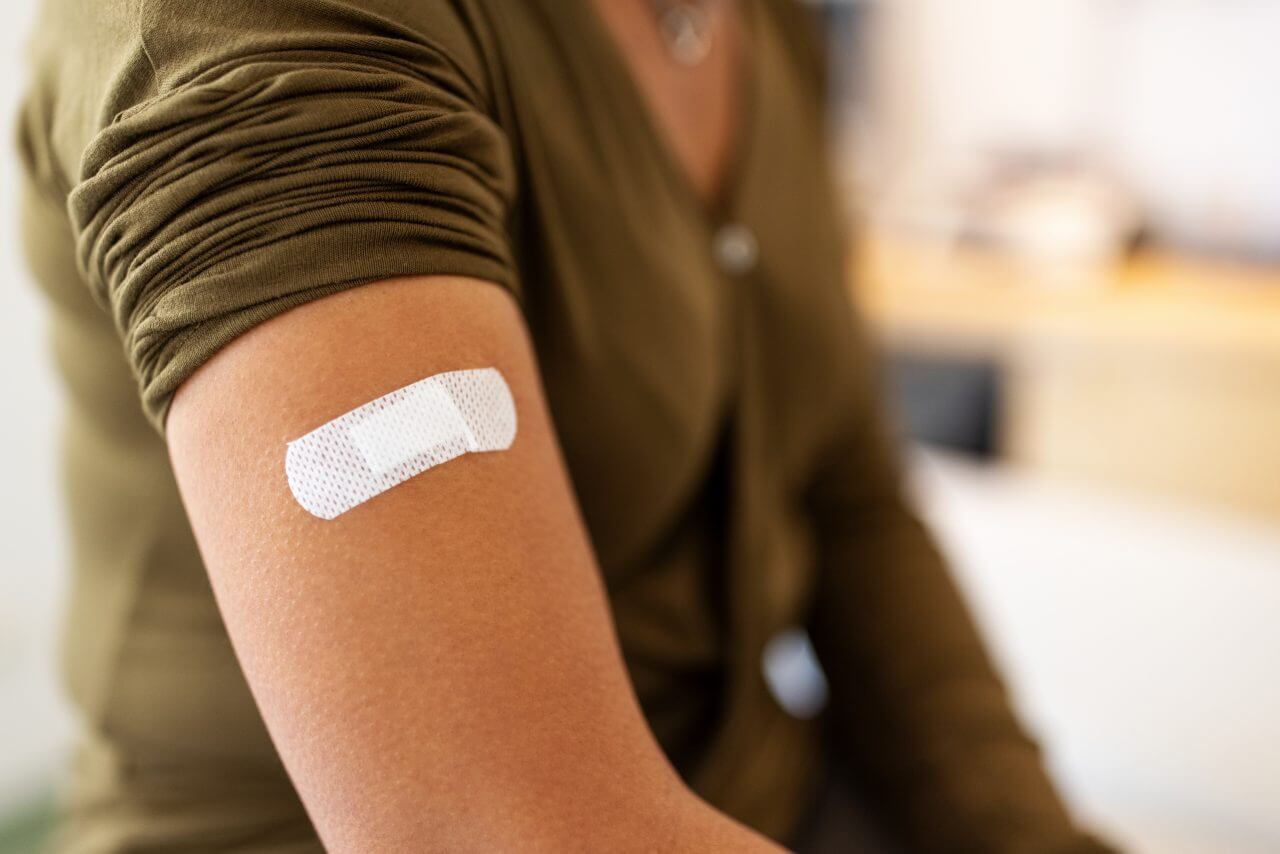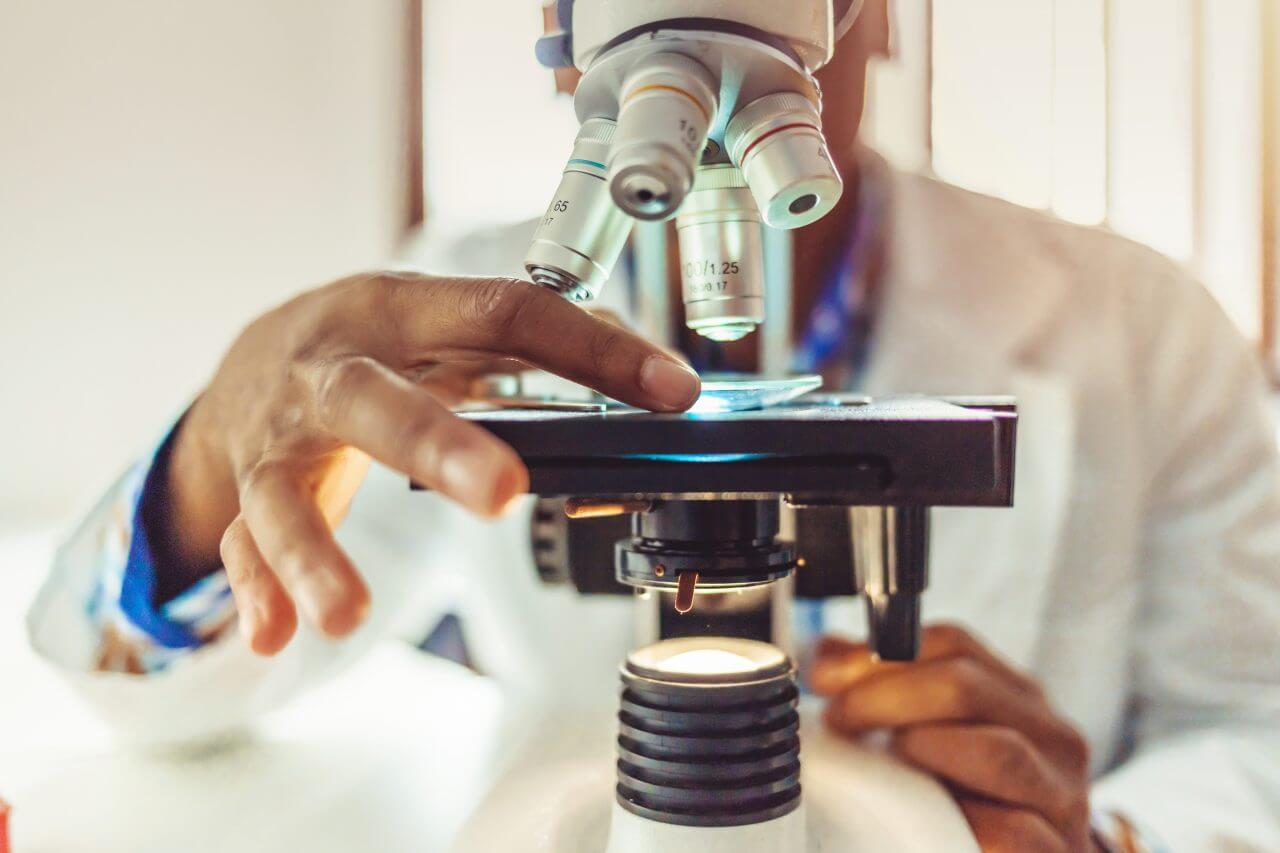What to Do After Receiving the COVID-19 Vaccine

If you’re fortunate enough to have received a COVID-19 vaccine, keep in mind this is not the end of the pandemic, rather merely the beginning of the end.
Get Your Second Dose
It’s essential to get your second dose to achieve the 94-95% effectiveness of your vaccine. You should get your second dose either 21 days (Pfizer vaccine) or 28 days (Moderna vaccine) after the initial dose. Your vaccine provider should inform you of which vaccine you receive as well as when and where to get the second dose.
Continue All Safety Protocols
While vaccination and the resulting immunity may prevent you from becoming ill with the coronavirus, it may not prevent you from becoming infected and transmitting the virus to others. That’s why it’s important remember to maintain standard precautions to prevent spreading:
- Stay at home unless there’s an important reason to go out
- Wear a mask in public and maintain a safe distance from others
- Wash our hands frequently and thoroughly or use hand sanitizer
- Avoid touching our eyes, nose, and mouth
- Disinfect frequently touched surfaces in our homes
- Cover coughs and sneezes with a tissue
The precautions we started using in 2020 will remain important to apply to daily activities well into 2021 and, most likely, longer.
Long-Term Immunity
None of the vaccines available today are expected to provide you with permanent immunity. Because they were developed on a shorter than normal timeline, there isn’t enough long-term data available yet. So, some experts recommend thinking of it more like the annual flu vaccine than the long-term benefits of the measles vaccine.
Like so many other data points with this pandemic, herd immunity estimates shifted several times. By late 2020, it was estimated that as much as 90% of the population would need to acquire resistance.
Subscribe to our email newsletter to get the most important health and wellness news delivered straight to your inbox.
Vaccine Side Effects
Both the Moderna and Pfizer vaccines can cause side effects that are similar to symptoms associated with other vaccines, though the occurrence of side effects may be greater than with others. These include:
In the arm where you got the shot:
- Pain
- Swelling
- Redness
Throughout the rest of your body:
- Chills
- Tiredness
- Headache
The frequency of these side effects will be greater than with other vaccines and may worsen with the second dose. Only 2%of people are expected to have side effects severe enough to prevent normal daily routines.
Due to rare occurrences of a severe allergic reaction (anaphylaxis) with COVID-19 vaccines, the Centers for Disease Control (CDC) recommends people with a history of anaphylaxis (for any reason) should be monitored for 30 minutes post-vaccination. Others should be monitored for 15 minutes.
Be Safe, Be Informed
To learn more about COVID-19, visit the Baptist Health COVID-19 Resources page. More information about available vaccines can also be found at the CDC.
Next Steps and Useful Resources:
mRNA Vaccines vs saRNA Vaccines
Do I Need to Wear A Mask at Home?
What is Herd Immunity?
COVID-19 CEO Update [Podcast]



